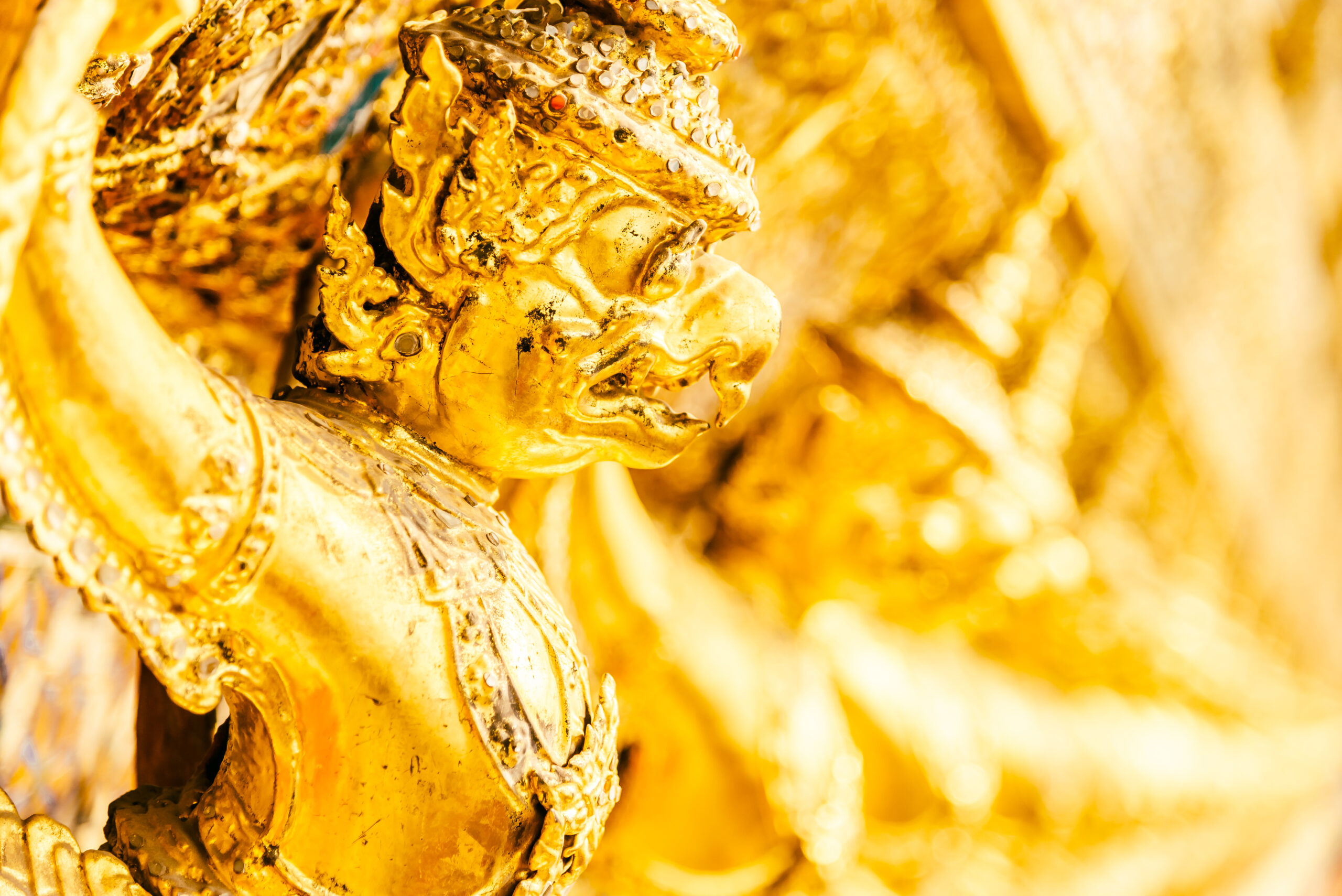What Gold Rushes Taught Us About Wealth
Table of contents

The words “gold rush” instantly conjure up images of muddy boots, pickaxes, and fortune seekers scrambling through rugged terrain in search of treasure. But beyond the drama and glitter, gold rushes weren’t just wild historical events — they were wealth experiments that reshaped entire societies.
From California to Australia to South Africa, these frantic episodes taught us surprising lessons about economics, migration, innovation, and even greed. In this article, we dig into what gold rushes reveal about wealth — how it’s created, chased, and sometimes lost as fast as it’s found.
What Gold Rushes Taught Us About Wealth
Here are some of the most important insights that history’s gold rushes offer when it comes to money and success:
- The real winners weren’t always the miners. Few prospectors struck it rich. Most of the actual wealth went to those selling tools, food, and lodging — think merchants, hoteliers, and laundromats. The phrase “selling shovels in a gold rush” still describes the smarter business move.
- Wealth can create chaos — fast. During the California Gold Rush (1848–1855), the state’s population exploded. This brought boomtowns, but also inflation, lawlessness, and environmental damage. Wealth without planning can be disruptive.
- Gold attracted global talent and tension. Rushes brought people from every continent, but also stoked xenophobia. Chinese miners in California and indigenous communities in Australia faced discrimination as they competed for opportunity.
- Innovation boomed under pressure. Techniques like hydraulic mining, panning, and later dredging were born in goldfields. These resourceful methods also paved the way for large-scale industrial mining.
- Markets follow momentum — not facts. Some goldfields were overrun based on rumors, not reality. People often sold everything for a “chance” at success. The herd mentality created bubbles, busts, and disappointment.
- Infrastructure followed wealth — not the other way around. Cities like San Francisco grew from sleepy villages to metropolises in years, showing how fast capital can build roads, banks, and railways — if the incentive is there.
- Perceived value drives action. Gold is valuable not because it’s rare or useful, but because we’ve collectively agreed it’s worth chasing. The gold rush frenzy revealed just how powerful belief is in creating wealth — or illusions of it.
Behind the Scenes
Gold rushes often started with a whisper — a nugget found in a stream, a prospector’s lucky day. But once word spread, everything changed. In 1848, James W. Marshall discovered gold at Sutter’s Mill in California. Within a year, nearly 100,000 people flooded the region. Similar stories unfolded in Australia (1851), the Klondike (1896), and the Witwatersrand Basin in South Africa (1886).
Governments and newspapers fueled the mania, often exaggerating how easy it was to strike it rich. But once on the ground, most miners found harsh conditions, tough competition, and a sobering reality — the gold was there, but getting to it wasn’t easy or guaranteed.
Why It’s So Intriguing
Gold rushes are more than colorful tales from history — they’re early case studies in human economics. They highlight how opportunity, fear of missing out (FOMO), and speculation can drive massive social and economic change almost overnight.
In many ways, gold rushes mirror modern bubbles — from dot-com startups to cryptocurrency surges. The psychology is the same: chase a shiny new thing, hoping to be early, fearing being late, and forgetting the fundamentals in the rush.
Did You Know?
- Levi Strauss made his fortune not by mining, but by selling durable denim jeans to miners — a product still iconic today.
- The term “49ers” refers to those who rushed to California in 1849 — and inspired the name of the NFL’s San Francisco 49ers.
- Some miners made fake gold dust by mixing brass filings or gold-plated lead to scam buyers.
- Hydraulic mining eroded entire hillsides — and was eventually banned due to its devastating environmental effects.
From Experts & Explorers
“Gold rushes are historical hype cycles,” says Dr. Sarah Barrington, an economic historian. “They expose the highs and lows of rapid wealth — the innovation it inspires, and the inequality it often creates.”
She adds, “Today’s tech booms and investment fads often follow the same pattern: early winners, overcrowding, disillusionment. It’s the same emotional curve — just with different tools.”
Takeaway
Gold rushes weren’t just wild sprints for treasure — they were economic experiments that left lasting lessons. They showed us that wealth isn’t just about what’s in the ground, but who’s smart enough to sell the shovel. That value is often psychological. That opportunity brings both risk and reward.
So while you may not be heading to the hills with a pickaxe, the next “gold rush” could be right in front of you — a new technology, a market trend, or even a career move. Just remember what history taught us: fortune may favor the bold, but it usually rewards the prepared.






